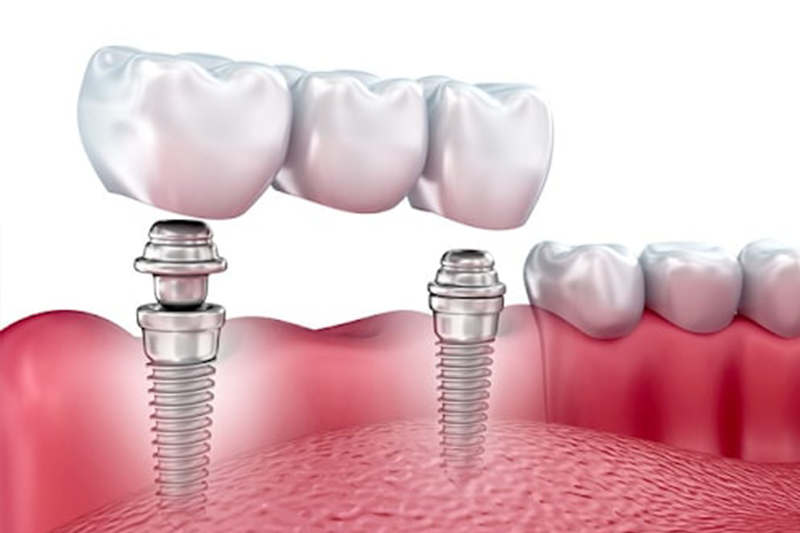
White Fillings: The Modern Solution for Restoring Smiles in Stratford, CT
With advancements in dental technology, patients now have a variety of options when it comes to dental restorations. One of the most popular and sought-after treatments today is white fillings. These offer not only functional benefits but also provide aesthetic advantages that traditional fillings can’t match. Here’s everything you need to know about white fillings and why they’re becoming the preferred choice for many.
What are White Fillings?
White fillings, commonly referred to as composite resin fillings, are made from a blend of plastic and ceramic compounds. As the name suggests, these fillings are tooth-colored, allowing them to blend seamlessly with the natural shade of your teeth. This offers a discreet way of filling cavities without the metallic glint that silver or amalgam fillings provide.
The Benefits of White Fillings
1. Aesthetically Pleasing: The primary advantage of white fillings is their ability to match the color of your natural teeth. This makes the filling virtually undetectable, allowing you to smile, laugh, and speak with confidence.
2. Mercury-Free: Traditional amalgam fillings contain mercury. While the amount of mercury in amalgam fillings is generally deemed safe by dental associations, some patients prefer to avoid it altogether. White fillings are a mercury-free alternative.
3. Supports Tooth Structure: Composite fillings bond directly to the tooth, providing additional support to the tooth structure. This can help prevent breakage and insulate the tooth from excessive temperature changes.
4. Minimally Invasive: Often, less tooth structure needs to be removed compared to preparing for an amalgam filling, leading to a more conservative approach to treating cavities.
The Process of Getting White Fillings
- Tooth Preparation: The decayed portion of the tooth is carefully removed, and the area is cleaned.
- Choosing the Shade: The dentist selects a shade of composite resin that matches the color of your natural teeth.
- Layering: The composite material is applied in layers, with each layer being cured or hardened using a special light.
- Shaping and Polishing: Once the cavity is filled, the dentist will shape the composite to fit the tooth’s contour. It is then polished to prevent premature wear and staining.
Care and Longevity
With proper care, white fillings can last a long time. However, they are not indestructible. It’s essential to maintain good oral hygiene, avoid biting on hard objects, and have regular dental check-ups to ensure the longevity of your fillings. Just like natural teeth, white fillings can become stained over time from coffee, tea, wine, and other staining agents, so be mindful of your consumption.
In Conclusion
White fillings are a modern, effective, and aesthetically pleasing option for treating cavities. They not only restore the function of your teeth but also keep your smile looking natural and bright. If you’re considering white fillings or wish to learn more about them, consult your dentist. After all, your smile deserves nothing but the best!
Disclaimer
The information provided in the blog post is for informational purposes only and should not be considered a substitute for professional medical advice.


